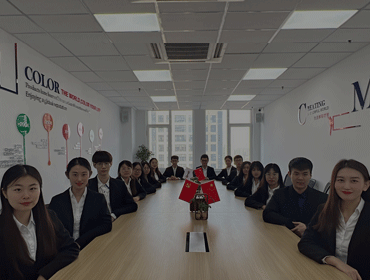What is Dyeing Fastness:
Dyeing fastness refers to the ability of the dye or pigment to keep the original color state under the influence of various external factors during the use or later processing of the dyed fabric.
Colour fastness is one of the important quality indicators to measure the dyed products. The fastness of easy to fade is low, while the fastness of hard to fade is high.Colour fastness depends largely on its chemical structure.In addition, the physical state of the dye on the fiber, the degree of dispersion, the combination of the dye and the fiber, dyeing methods and technological conditions also have a great influence.
Dyeing fastness is various, for consumers, generally more main include: insolation, soaping, perspiration, friction, scrubbing, ironing, flue gas and other fastness.In addition, the fastness requirements of textiles vary depending on their use or processing process.In order to inspect the quality of products, textile departments and commercial departments have formulated a set of test methods and standards for color fastness in reference to the use of textiles, which are briefly introduced below.
1. Sunlight fastness Sunlight fading of dyed fabrics is a more complex process.Under the action of sunlight, the dye absorbs light energy, the molecule is in the excited state and becomes extremely unstable, easy to produce some chemical reactions, so that the dye decomposition and fading, resulting in the dyed fabric after the sun to produce a larger fading phenomenon.The light fastness varies with the concentration of the stain, and the low concentration is worse than the high concentration.The same dye also has great difference in the light fastness on different fibers. For example, the light fastness of indigo on cellulose fiber is only 3 grades, but on wool it is 7 ~ 8 grades. The light fastness is also related to the aggregation state of dye on the fiber and dyeing process.




